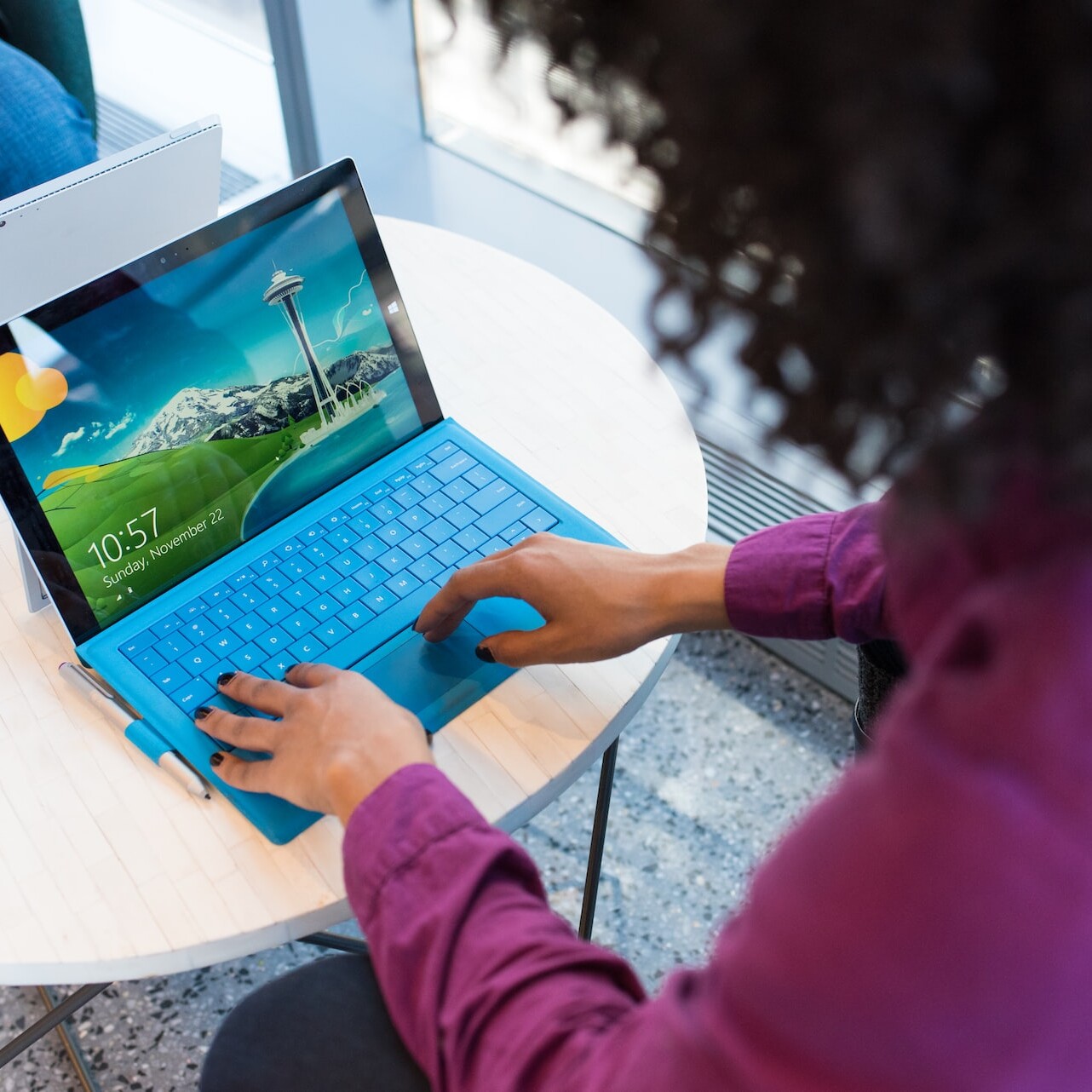Following Best Practices to Boost Your Site’s Web Usability Factor
Web Usability encompasses a variety of aspects that focus on making your users’ experience the best one possible. By zeroing in on both design and content, a site owner can improve the overall experience for the user. It can be easy to overlook these details, but they all add up to a critical component in delivering initial or heightened conversions and sustained business.
Implementing tried and tested web usability best practices help to provide a site with immediate advantages for the ideal UX. By following a set of proven tactics, the site can garner a better experience in a shorter amount of time. It’s important to note, however, that best practices function at their optimal rate when a content strategy is in place.
Focus on Consistency
Keep navigation, content and imagery consistent throughout the site. Users should always be able to return easily to your homepage and to other major navigation points on the site. Content should be developed in the same voice across the board and in the same tense to create a heightened level of trust with the user.
Create a Content Hierarchy
Information should be broken down into clearly defined and digestible sections. Organize sections by how a user would search for the information – in this case – user pathway testing may be conducted. The most important information should be graphically highlighted in the first couple of sentences, with supporting information to follow. In this case, headlines are the most important piece of the puzzle.
Provide Clear Calls to Action
Both graphically and contextually – users should know exactly where each link is taking them. Links should be created using text that makes sense even when viewed out of the content in which it is placed on the site. Action words should go along with specific text like ‘shop now, ‘download the app,’ or ‘get a quote’.
Use Images Carefully
Curate a selection of images that reflect the message clearly and have meaning. Avoid stock photos that add no supporting value and lean toward inspirational images that either illuminate the action or encourage the user to want to be a part of the message. Users will always gravitate to images that relate to the information – this also helps visual learners to understand the content better.
Make It Accessible
Foremost, we can’t stress enough the importance of a responsive site design for ease of use. Additionally, a focus on color, font and spacing to create a user experience that is fully accessible to all viewers — from supporting individuals with disabilities to ensuring that images are shown crisp and clearly.
Related Articles
Navigating Usability Testing for Effective UX Design
June 19, 2024
The Future of User Experience
March 18, 2023



